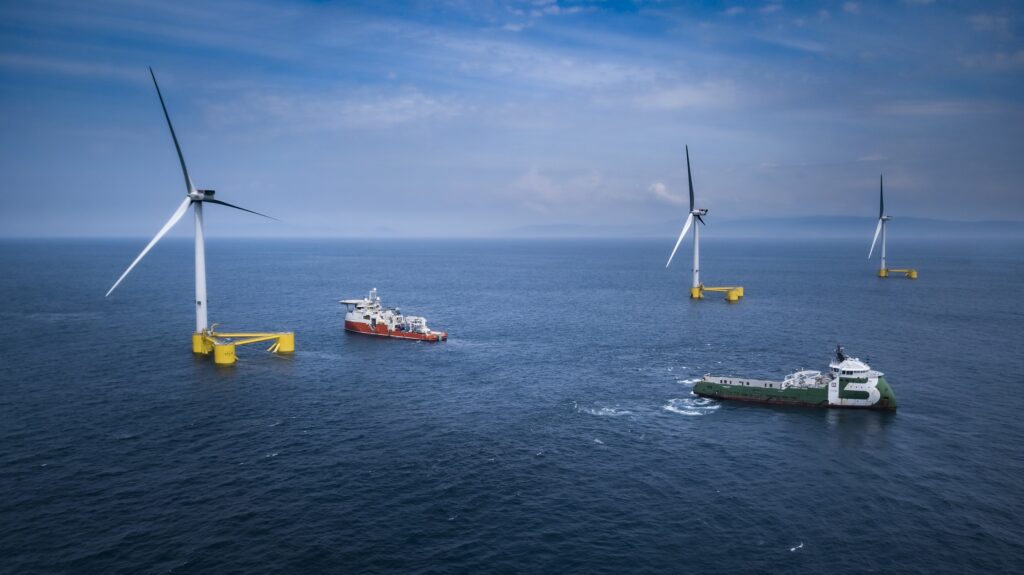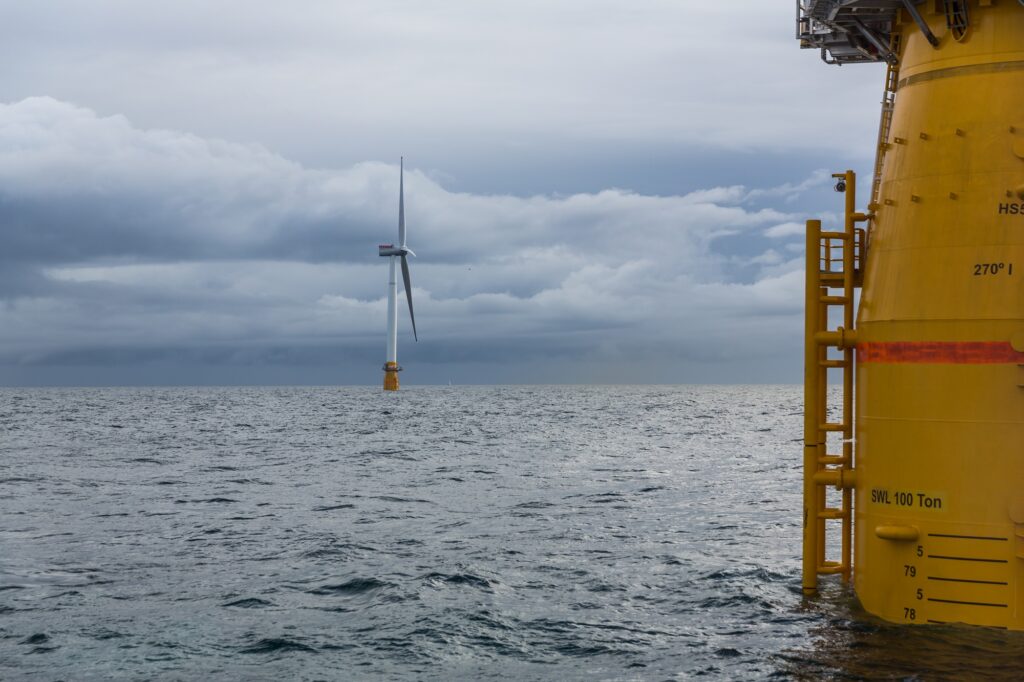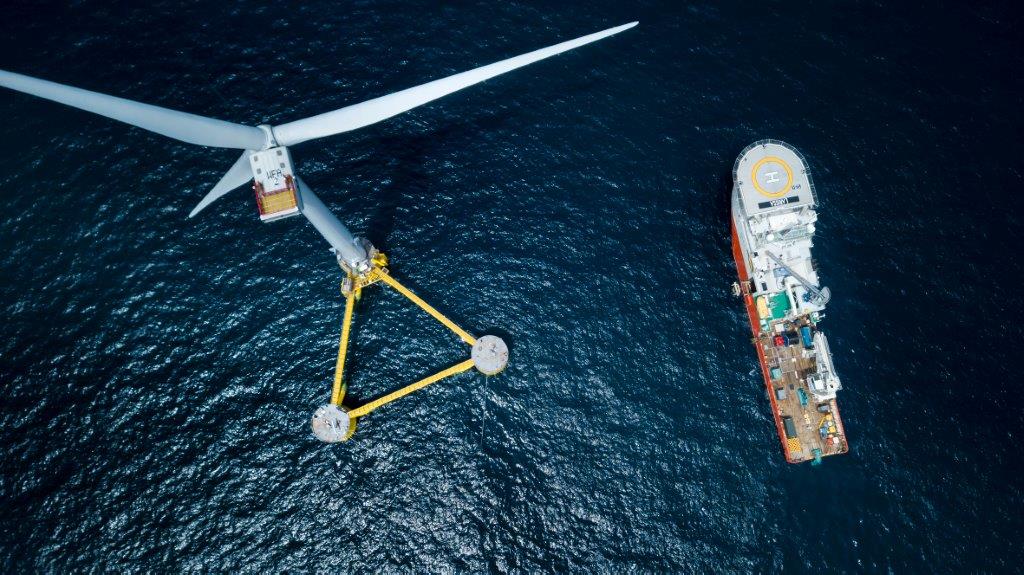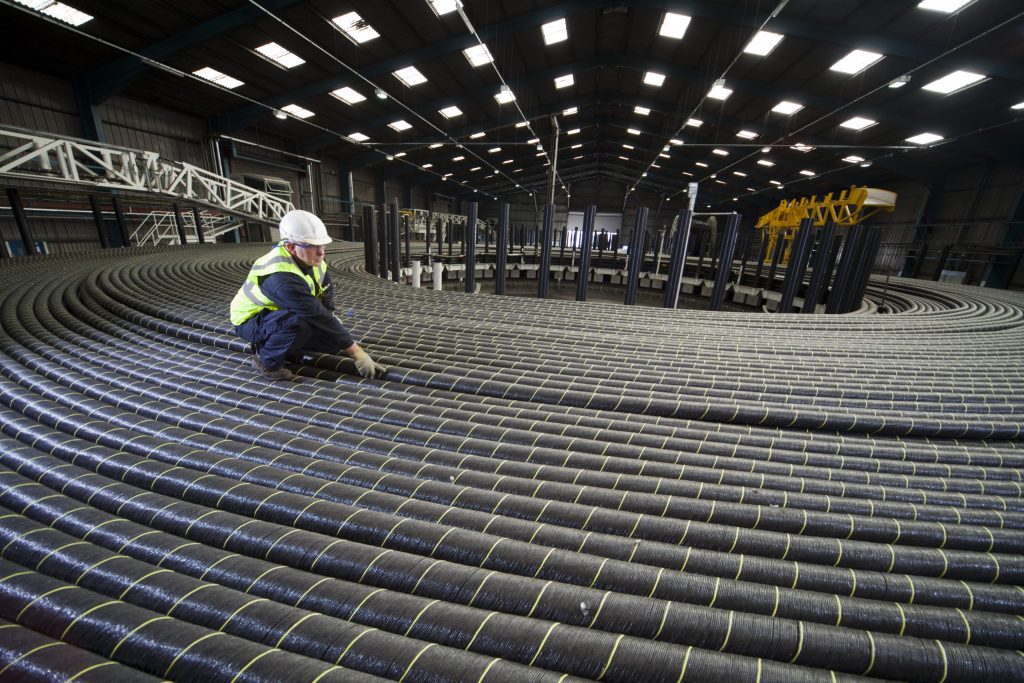Floating offshore wind (FOW) projects in UK waters are expected to expand significantly in scale and complexity between 2020 and 2035, evolving from small demonstration projects to large-scale commercial ventures. This trend aligns with the broader growth in offshore wind development in the UK—where the goal is to achieve “net zero” by 2050 (and 2045 in Scotland)—and globally.
While the cable configurations and supply chain capabilities for shallow water projects in the UK are well established, deep water floating wind presents a newer, less understood challenge, particularly in terms of inter-array cable requirements. This technology is being explored for sites identified as deep water locations in the Atlantic, the Mediterranean Sea, the US East and West coasts, and parts of Asia. “Deep water” in the context of this project refers to depths ranging from 300 m to 2,000 m, compared to the 60 m to 150 m depths typical of shallow floating wind deployments in UK waters. The UK supply chain has the potential to export deep water cable and mooring solutions to these markets, building on its strong foundation in fixed wind and oil and gas (O&G) engineering.
The FOW CoE DC12 project is a comprehensive study exploring the opportunities in deep water floating wind. It assesses market size, design feasibility, supply chain capability, and the levelised cost of energy (LCoE) associated with deploying working configurations in this relatively uncharted territory.
The project’s initial phase focused on identifying the “size of the prize” by mapping out potential deep water sites with strong wind resources located near population centres.
An assessment of optimal cable configurations was then conducted for a limited set of representative deep water depths, considering the varying conditions in these environments. Insights from this assessment were then extrapolated to determine the requirements for a 1 GW commercial-scale wind farm, which served as a benchmark for analysing the supply chain’s capacity to meet deep water demands. This analysis also highlighted development needs and gaps in the current market for dynamic cables.
Finally, a cost analysis study was performed, building on the topologies used in DC06: Dynamic Cable Topology Comparison [1]. The study was expanded to examine the implications and impacts of deep water cable configurations on the overall LCoE for each scenario.




